Manri Gonpa, also known as Tashi Manri Gonpa—with Tashi meaning “auspicious”—is located in Tubuga Township, Namling County, Shigatse City. It is the largest Bon monastery in Shigatse and regarded as one of the ancestral monasteries of the Bon tradition. It was also among the earliest Bon monasteries in Tibet to establish the ritual Cham dance tradition.
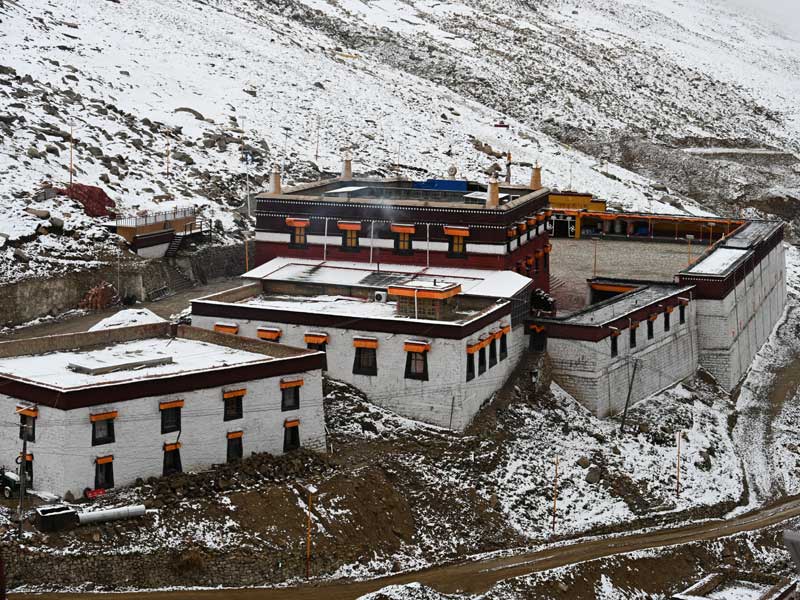
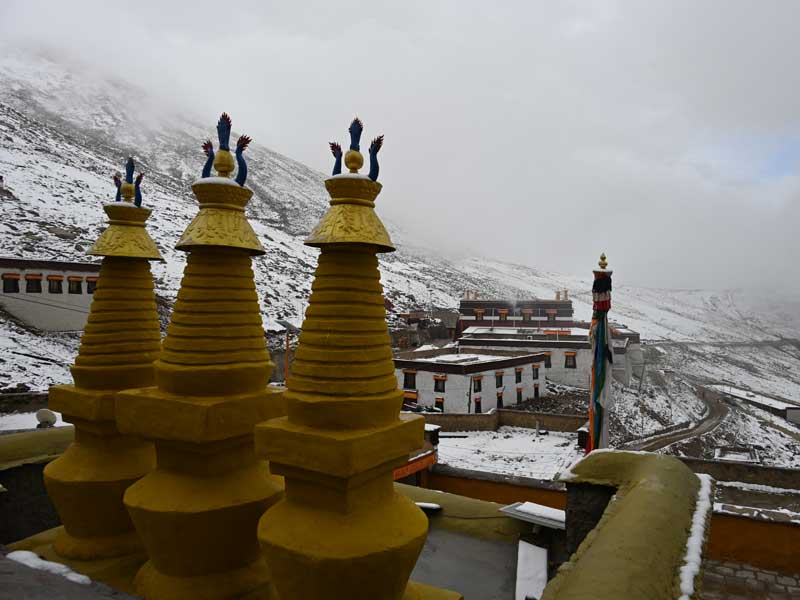
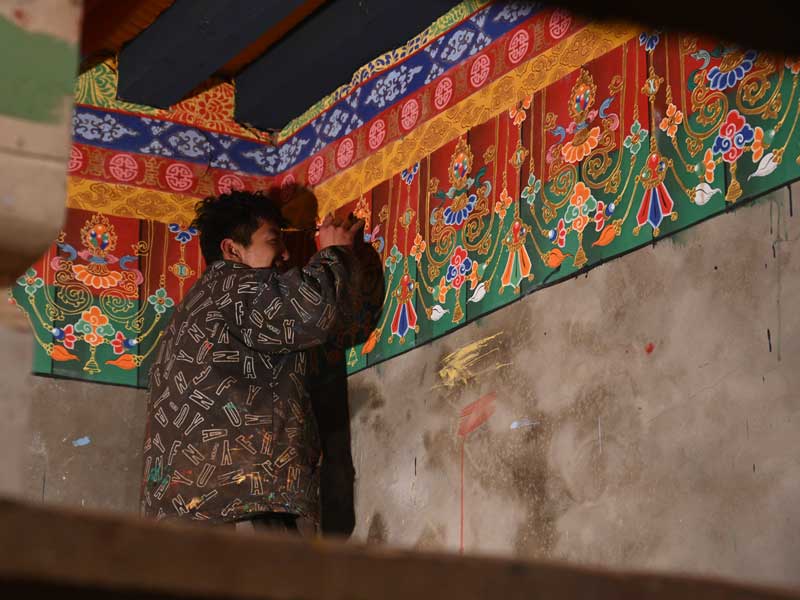
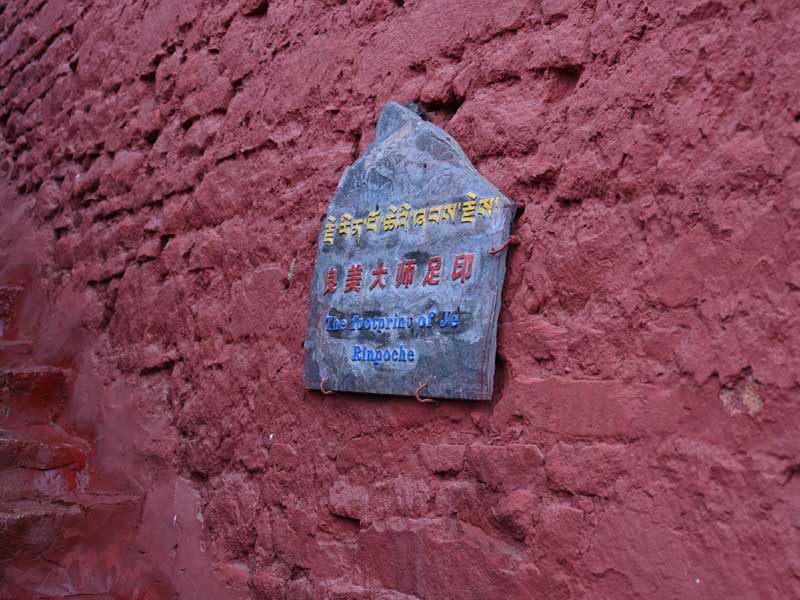
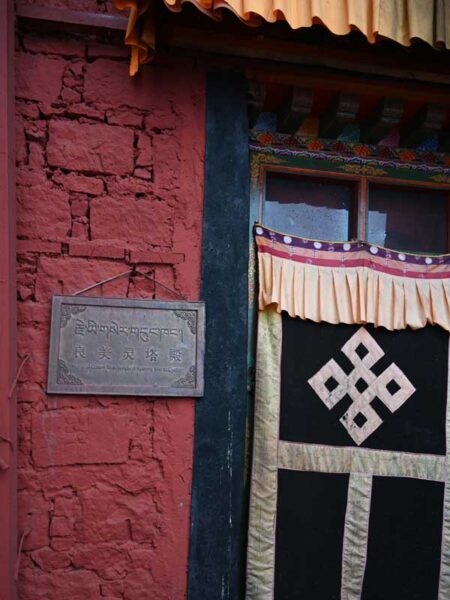
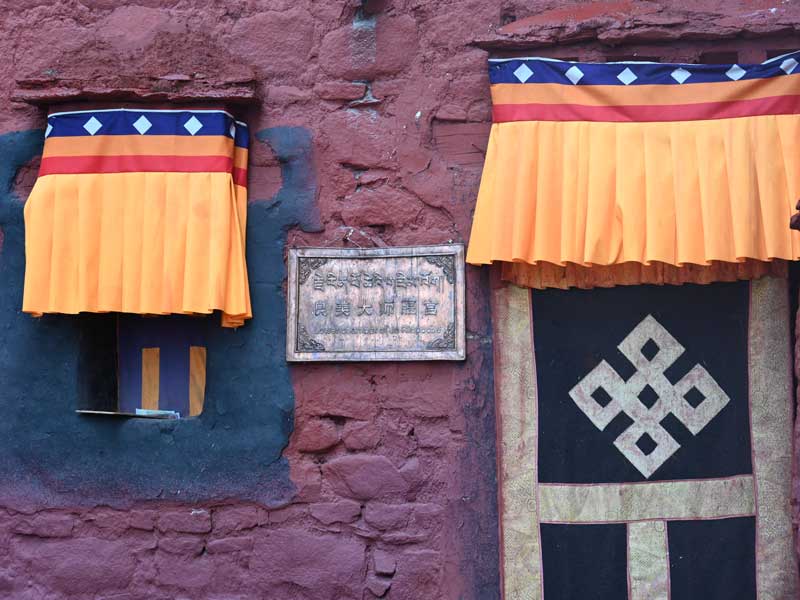
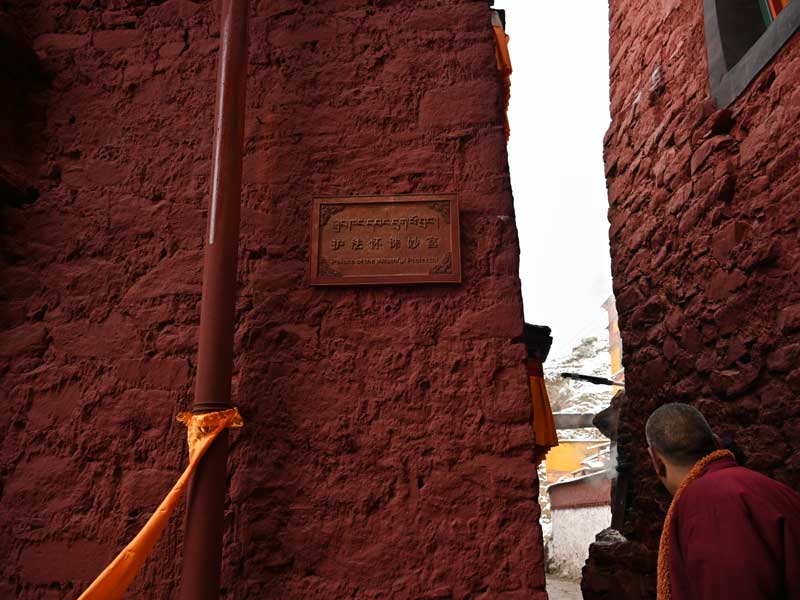
History
In 1405 AD, the great Bon master Nyame Sherab Gyaltshan (1356–1415), a native of Xiaojin County in Kham, Sichuan, founded Manri Monastery. Since then, the monastery has had 33 successive abbots (Khenchen, meaning “Great Abbot”).
The monastery serves as a place for Bon practitioners to receive ordination, take monastic vows, and pursue study and practice.
According to the Biography of Master Nyame Sherab Gyaltshan, he was a disciple of the 18th lineage-holder Rinchen Lodrö and is regarded as an emanation of Bodhisattva Manjushri.
The main object of worship at Manri Monastery is Master Nyame Sherab Gyaltshan himself. At its height, the monastery housed more than 1,000 monks, with devotees spread across Sichuan, Qinghai, and Tibet.
During the Cultural Revolution in the 1960s, Manri Monastery was destroyed.
In 1959, under the leadership of Khenchen Sherab Lodrö, the monastery decided to disband its monks and send them back to their hometowns. At that time, important relics—including the famous Stupa of Nyame—were hidden underground for safekeeping.
After the Cultural Revolution ended, reconstruction of the monastery began in 1984, and the buried relics were returned to Manri Monastery.
Teaching
Manri Monastery currently has four major colleges and twelve khamtsen (monastic communities by regional origin), with over 500 resident monks. Many monks from various regions gather here to study the Dharma.
Their curriculum includes: the five great treatises of exoteric Buddhism as the foundation, the four principal tantric systems as the core of esoteric practice, and the study of Dzogchen centered on the Mind Section, Space Section, and Instruction Section. The monastery thus fully integrates Sutra, Tantra, and Dzogchen practices, while also preserving traditional religious and cultural heritage.
The method of study is summarized as follows: first, by cultivating the wisdom of hearing and reflection to understand the meaning of both Sutra and Tantra, then through meditative cultivation to internalize them. Once a monk masters the five great treatises of Sutra, the four Tantric systems, the three divisions of Dzogchen, and the five branches of traditional sciences (major and minor), he is awarded the Geshe degree.
As Master Nyame Sherab Gyaltshan once said:
“The foundation of the Dharma is discipline, the essence of the Dharma is Tantra, the supreme culmination of the Dharma is Dzogchen, and the guiding lamp is study and practice.”
These four principles have profoundly shaped the entire Bon community, ensuring that every Bon monastery preserves both the study and practice of the authentic Dharma.
In earlier times, numerous monastics came here, engaging in teaching, debate, writing, and study of Bon’s Sutra, Tantra, and Dzogchen. In their eyes, Manri Monastery became the very center of Dharma activity. Consequently, many of the abbots who later emerged from Manri Monastery were revered as supreme masters of the Bon tradition and were honored as Bon spiritual leaders (Dharma Kings).
The main religious activities include: the monthly 29th-day ritual assembly and the 15th-day prayer assembly. In addition, in the “Drubkang” (ritual hall), a protector deity prayer ritual known as the “Twelve Drubpa” is performed once each month according to the Tibetan calendar.
At its height, the monastery housed over 1,000 monks, with a lay following spread mainly across Sichuan, Qinghai, and Tibet.
Architecture
Situated at an altitude of 4,700 meters, Manri Monastery is built against the mountainside.
Historically, the monastery was divided into four branches—Upper, Middle, Lower, and Peripheral—along with numerous khamtsen.
It was once home to six great hereditary lineages—Zhie, Xi, Xin, Ba, Me, and Qiong— which produced a total of sixteen great lineage-holding Dharma Kings.
The monastery also enshrines important relics, including the stupa of Nyame Sherab Gyaltshan (Nyame Stupa).
Procedure for Electing the Dharma King
The successive masters of Manri Monastery are not only the abbots of the monastery itself but also the representatives presiding over the entire Yungdrung Bon tradition. For this reason, the examination for selecting the Dharma King is extremely rigorous.
According to the prophecy of Master Nyame Sherab Gyaltshan: aside from local candidates, any Geshe scholar may participate in the examination and has the possibility of ascending to the throne of the Manri Dharma King.
The examination process is as follows:
- After thoroughly mastering the five great treatises—Logic (Pramana), Monastic Discipline (Vinaya), Perfection of Wisdom (Prajnaparamita), Madhyamaka, and Abhidharma-Kosha—a candidate becomes eligible to sit for the Geshe examination.
- Upon receiving the Geshe degree, the candidate must continue advanced study and practice of Tantric systems and Dzogchen, after which he may be entered onto the list of potential candidates.
- Those on the list are then strictly examined on their discipline and practice, including the vows of Refuge, Pratimoksha, Bodhisattva, and the Four Divisions of Tantra—each of which must be passed through examination.
- After these examinations, the names of the successful candidates are placed inside a sacred vase. A 49-day retreat is conducted, invoking the protector deity Palden Lhamo to select the true Dharma King.
From Master Nyame Sherab Gyaltshan down to the present master Lhundrub Tenpé Nyima, there have been thirty-three Dharma Kings in succession.



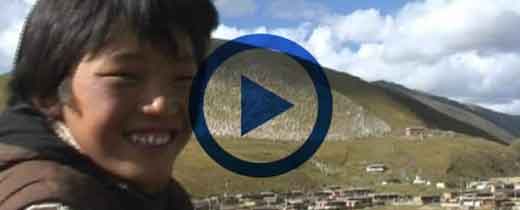

Leave a Reply